Navigating late-life ADHD diagnosis as a perimenopausal woman
The Moment of Relief That Becomes Its Own Kind of Chaos
Getting my ADHD diagnosis at 44 felt like someone finally handed me the instruction manual I'd been missing my entire life. Suddenly, everything made sense—the dwindling attention span, the persistent brain fog, the memory struggles that made me question whether I could continue doing the work I loved.
My teenage son had been the one to notice first. "Mom, you need to have your hearing tested?" he stated one day, after having to repeat himself yet again. His observation forced me to seek answers I'd been avoiding. Little did I know that it was ADHD and not bad hearing
But here's what nobody tells you about finally getting diagnosed: the relief of understanding quickly becomes its own kind of overwhelm. Within days of my diagnosis, I was drowning in information about sleep hygiene, nutritional protocols, exercise regimens, dopamine management, time-blocking systems, medication options, and cognitive behavioral strategies.
I went from "Why is everything so hard?" to "How am I supposed to do all of this?" in approximately 48 hours.
The Invisible Problem Beneath the Obvious Ones
Here's the cruel irony: ADHD makes it nearly impossible to prioritize. And the "treatment" involves implementing approximately seventeen new lifestyle changes simultaneously, each one supposedly critical to managing your symptoms.
My ADHD brain couldn't determine which recommendation was most important because they all felt equally urgent. Sleep? Nutrition? Exercise? Medication? Organization systems? Support groups? The list spiraled endlessly, each item demanding immediate attention while I sat paralyzed, unable to choose where to begin.
This is what they don't tell you in the assessment appointment: the core challenge of ADHD—difficulty with prioritization—is exactly what makes implementing ADHD management strategies feel impossible.
It's not a bug in your system. It's a feature of how your neurodivergent brain processes information. Everything genuinely feels important simultaneously because your brain isn't naturally hierarchical about urgency. This isn't a flaw in you—it's a different way of experiencing reality.
The Reframe That Changed Everything
I needed to stop thinking about my ADHD as something wrong with me that required fixing.
Instead, I started connecting with other women receiving late-life diagnoses during perimenopause—when hormonal changes can intensify ADHD symptoms dramatically. I found books like Jenara Nerenberg's "Divergent Mind" that celebrated neurodivergent ways of thinking rather than pathologizing them. I joined communities where women spoke about their ADHD as a distinctive aspect of their identity, not a disorder to be cured.
This shift—from disorder to difference—was the actual game-changer.
Not the sleep protocols. Not the organizational systems. Not the perfectly optimized morning routine. The mindset shift that my brain works beautifully—just differently.
My pattern-recognition abilities aren't deficits—they're gifts. My hyperfocus isn't a symptom—it's a superpower when directed at the right things. My sensitivity to environment and energy isn't excessive—it's perceptive.
From Imaginal Soup to Imaginal Discs
Think about what happens inside a chrysalis. The caterpillar doesn't just add wings and keep its caterpillar body. It completely dissolves into what scientists call "imaginal soup"—formless, unrecognizable, in total breakdown.
But even in that soup, there are structures called imaginal discs that contain the blueprint for the butterfly. These cells survive the dissolution and organize the reformation.
Getting an ADHD diagnosis in midlife feels exactly like this. Your old understanding of yourself dissolves. You're in the soup, formless, trying to reorganize your entire identity around this new information.
The imaginal discs—the essential aspects of who you actually are—have been there all along. Your diagnosis doesn't change you. It gives you permission to stop pretending you're something you're not.
What Actually Helped (And What Didn't)
What didn't help: Trying to implement every recommended lifestyle change simultaneously. Creating elaborate systems I had no capacity to maintain. Beating myself up when I couldn't follow through on plans that worked for neurotypical brains.
What did help:
Finding my people—other late-diagnosed women navigating the same identity reorganization
Reading narratives that celebrate neurodivergence rather than pathologize it
Giving myself permission to move at my own metamorphosis pace
Understanding that my ADHD brain needed different structures than the ones recommended by neurotypical "experts"
Recognizing my sensitivity as spiritual receptivity, not emotional instability
Trusting that the imaginal discs of my authentic self knew how to reorganize without me forcing it
The Sacred Work of Integration
Integration doesn't mean becoming "fixed" or "normal." It means creating life conditions that work with your neurodivergent wiring instead of against it.
It means recognizing that your need for quiet isn't antisocial—it's how your nervous system processes information. Your hyperfocus isn't irresponsible—it's how you access flow states. Your emotional intensity isn't dramatic—it's how you experience depth.
Your ADHD isn't something separate from your spiritual nature—it's often interwoven with it. Your pattern-seeking mind is intuitive wisdom. Your sensitivity to energy is mystical awareness. Your need for meaning-making is sacred work.
If You're Standing Where I Stood
If you're newly diagnosed and drowning in information about what you "should" do to manage your ADHD, I want to offer you something different:
permission to stop second-guessing your neurodivergent self.
You don't need to implement seventeen lifestyle changes tomorrow. You need to understand that your brain works beautifully—just differently. You need community with others who get it. You need narratives that celebrate your way of being rather than treating it as a problem to be solved.
Most of all, you need to trust your own metamorphosis timeline. You're in your chrysalis time—the dissolution that precedes transformation.
You don't need fixing. You need understanding.
Ready to Stop Second-Guessing Your Neurodivergent Self?
If you're overwhelmed by your diagnosis and the endless list of "shoulds" that came with it, let's create different conditions for your integration.
My 3-part mini program for neurodivergent women creates a foundation from which you can:
Learn to trust your ADHD brain as differently ordered, not disordered
Develop structures that work with your wiring instead of against it
Connect your neurodivergence to your spiritual nature
Build an authentic relationship with yourself that honors your sensitivity
Stop masking and start thriving
[Link to mini course coming soon…]
Remember: information alone won't create transformation. You need the right conditions—the protected space—for your authentic neurodivergent self to emerge.
You're not falling apart. You're in your cocoon.
Your neurodivergent nature isn't a disorder—it's a different order.
Learn more about me here on my Bio Page.
Read about How to Stop Fighting Your ADHD


